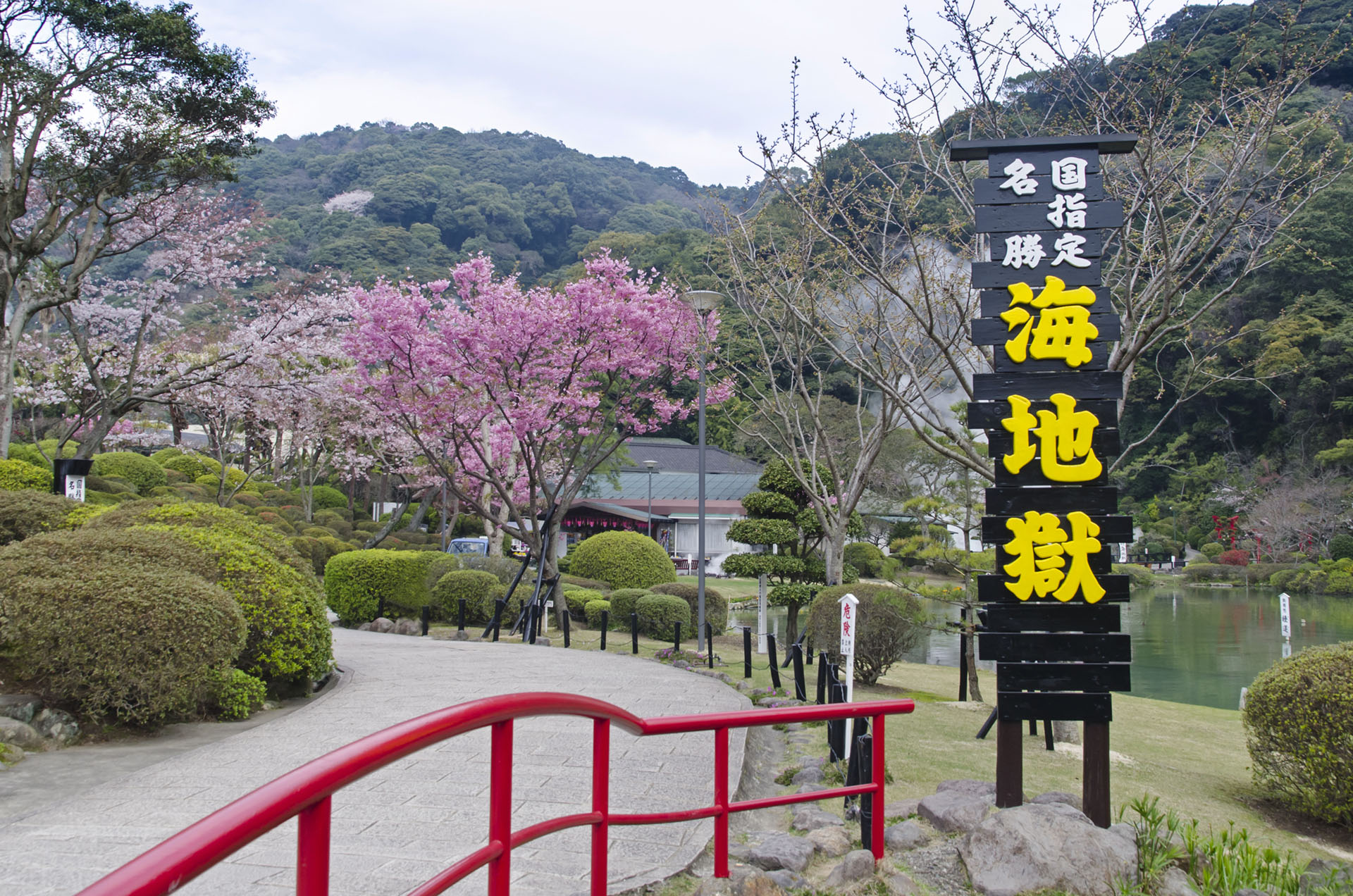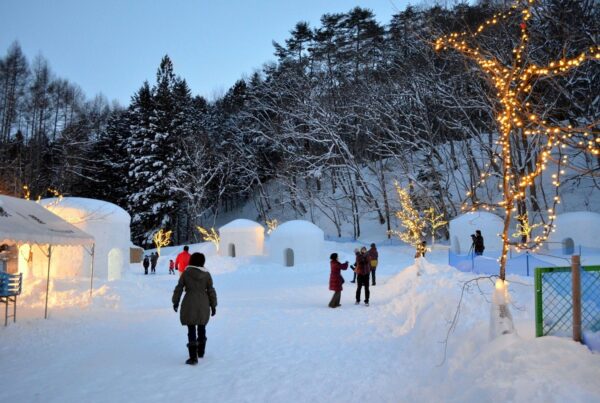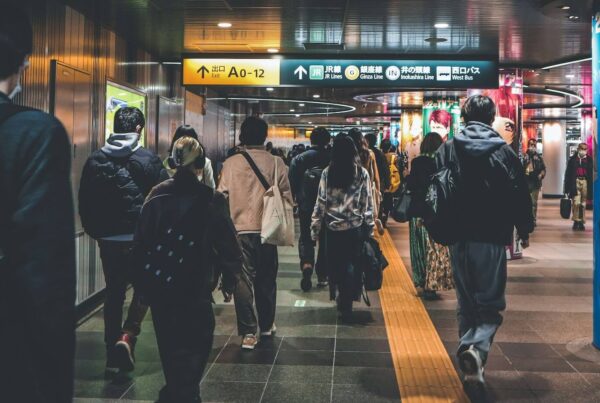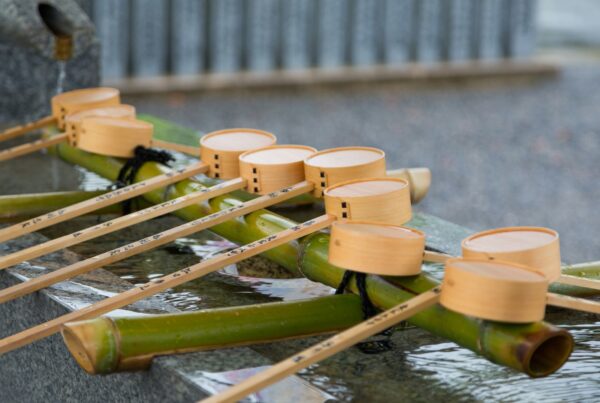Best Things to do in Beppu – Fancy a rejuvenating hot-springs i.e. onsen holiday while enjoying the attractions of hell?
That made you raise your eyebrows, didn’t it? Well, since the 19th century, Beppu has been one of Southern Japan’s most renowned hot-springs resort, famous for its variety of baths, quality of water, and hell-themed attractions.
That’s right. Not only would you be able to enjoy a variety of bathing facilities here, from the rustic to the usual, to the luxurious, the town is also home to a series of otherworldly gardens. Gardens quirkily named and landscaped to deliver a “taste” of the Japanese underworld.
Without further ado, here are the best attractions to enjoy in Beppu. Possibly Japan’s most unusual onsen town.
Table of Contents
Beppu Hot Springs and Resorts
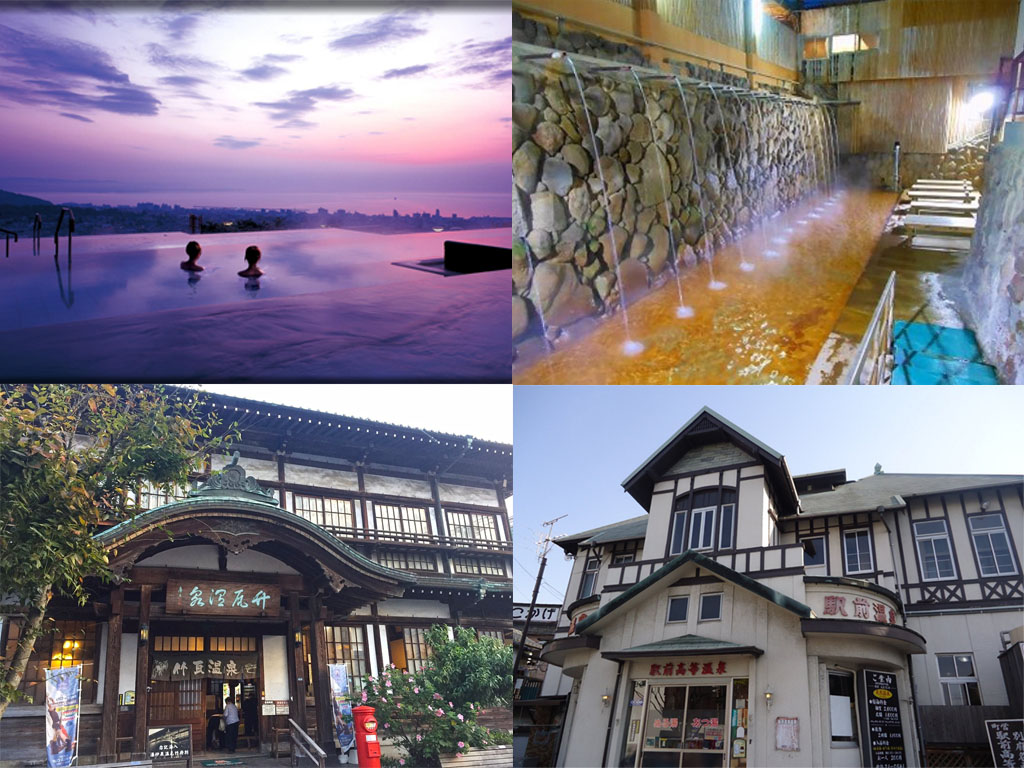
Hot-springs bathing is an absolute art form in Beppu, from the simple to the nostalgic, to the luxurious. (Source: TripAdvisor)
Beppu has been famous since medieval times for both quality and quantity of water, with the total number of onsen outlets in the city accounting for more than 10 percent of total outlets in Japan. Having a soak is therefore the one must-do, must try, experience of the resort.
In turn, hot-springs bathing has been refined to an absolute art-form in the city. From nostalgic public bathing houses to small inns with private pools, to sprawling modern resorts, you’d be spoilt rotten for choice when it comes to “taking to the waters.” The following are some of the most accessible choices for international visitors keen on this top experience of Beppu.
- Takegawara Onsen: A short walk from JR Beppu Station, this venerable bathing facility is rather weathered on the inside but undeniably atmospheric and nostalgic. It’s also where you can have a taste of the resort’s famous sand baths (see below).
- Suginoi Palace: This massive resort on a hilltop contains various modern facilities, including restaurants, children amusement areas, and an outdoor swimming pool (swimsuits required) with nightly fountain shows. Its open-air infinity pools also offer breath-taking views of Beppu City.
- Myoban Yunosato: Located on the mountain slopes above the city, Myoban is beloved for its bluish, sulfuric waters. It is also home to a collection of traditional thatched huts where you can learn about sulfur powder manufacturing.
- Hyotan Onsen: This public bathing facility has a wide collection of baths, including steam and waterfalls baths. It was also awarded three stars by Michelin Travel Green Guide, the only hot-spring in Japan to be accorded this honor.
- Ekimae Koto Onsen: No time for an overnight stay? No problem. One of the city’s most historical bathhouses is right beside JR Beppu Station. Designed in the Taisho Roman architectural style, it will instantly transport you to the early 20th century.
Read also:
Onsen Etiquette – The Dos and Don’ts in Japanese Public Baths (Infographic)
Mud and Sand Bathing
Water is not the only way to rejuvenate in Beppu. There’s also therapeutic mud and hot sand bathing.

Pamper yourself with a rejuvenating hot sand bath, one of the best things to do in Beppu. Source: TripAdvisor
The former is most famously available at Beppu Onsen Hoyoland. While surrounded by nature, you can leisurely wade into a large pool of therapeutic mud. Doing so is widely believed to be extremely beneficial for complexion beauty.
In the case of sand bathing, which involves your entire body being covered with naturally heated sand, it is most easily enjoyed at Takegawara Onsen. Throughout the year, you could also indulge in the experience at Beppu Beach Sand Bath. Just imagine being covered with soothing warm sand while in full view of the sea. Could anything be more relaxing than that?
The Hells of Beppu
Known as Jigoku in Japanese, the “Hells” of Beppu are actually landscaped gardens with eye-catching geothermic features. In other words, intended for viewing and not for bathing, and quite the unique photo opportunity for selfie lovers.
Amongst all, the Sea (Umi), Blood Pool (Chinoike), and the Novice Monk’s Head (Oniishibozu) Hells are arguably the most visually attractive. The Tornado (Tatsumaki) Hell also features a noisy geyser that erupts every 30 to 40 minutes, while the Cooking Pot (Kamado) Hell has a large demonic statue for Yokai lovers.
- The Hells of Beppu are most famous for their steaming, vibrantly-colored pools.
- Egg and pudding prepared using hot-springs steam. (Source: Tripadvisor)
Befitting their namesakes, most of the Hells also sell food prepared using hot-spring steam. For example, eggs and pudding. Sampling these unique snacks are considered by some Japanese as one of the best things to do when visiting Beppu.
A travel pro-tip here. The Hells are unevenly spaced out and so if you wish to visit all using bus transportation, some planning is required. It is also more economic to buy a pass for seven of them, rather than individual tickets.
The pass also does not include the Mountain (Yama) Hell, this being a miniature zoo of sorts. If you’re staying overnight in the city, you might want to spread out your visit over two days.
Takasaki Monkey Park
Are you fond of monkeys? If so, you’d be delighted when visiting Takasaki Monkey Park.

It’s monkey business galore at Takasaki Monkey Park! Source: Google Maps
Located at the base of Mount Takasaki, in between Beppu and Oita City, over a thousand Japanese macaques freely roam here each day. Be it morning or afternoon, hordes of them descend from the mountains into the park for feeding.
Over time, they have grown quite comfortable was us humans too. Meaning that as long as you do not provoke them, or compete for food, they are quite happy to be appreciated and to entertain.
Access: This primate playground can be reached by bus services AS60 and AS61 from JR Beppu Station.
Read also:
Umitamago Aquarium

A thrilling dolphin performance at Umitamago Aquarium. Source: TripAdvisor
Umitamago Aquarium is a modern and attractive aquarium next to Takasaki Monkey Park. Other than its well-conceptualized aquatic displays, the aquarium is notable for its architecture. Some visitors have described the attraction as akin to visiting an art museum.
Notably, the aquarium’s proximity to the monkey park means both could easily be visited within one day. If you intend to do so, do purchase the “Monkey Marine Ticket” at Beppu’s tourist office for savings. The ticket includes transportation to both attractions.
Beppu Tower
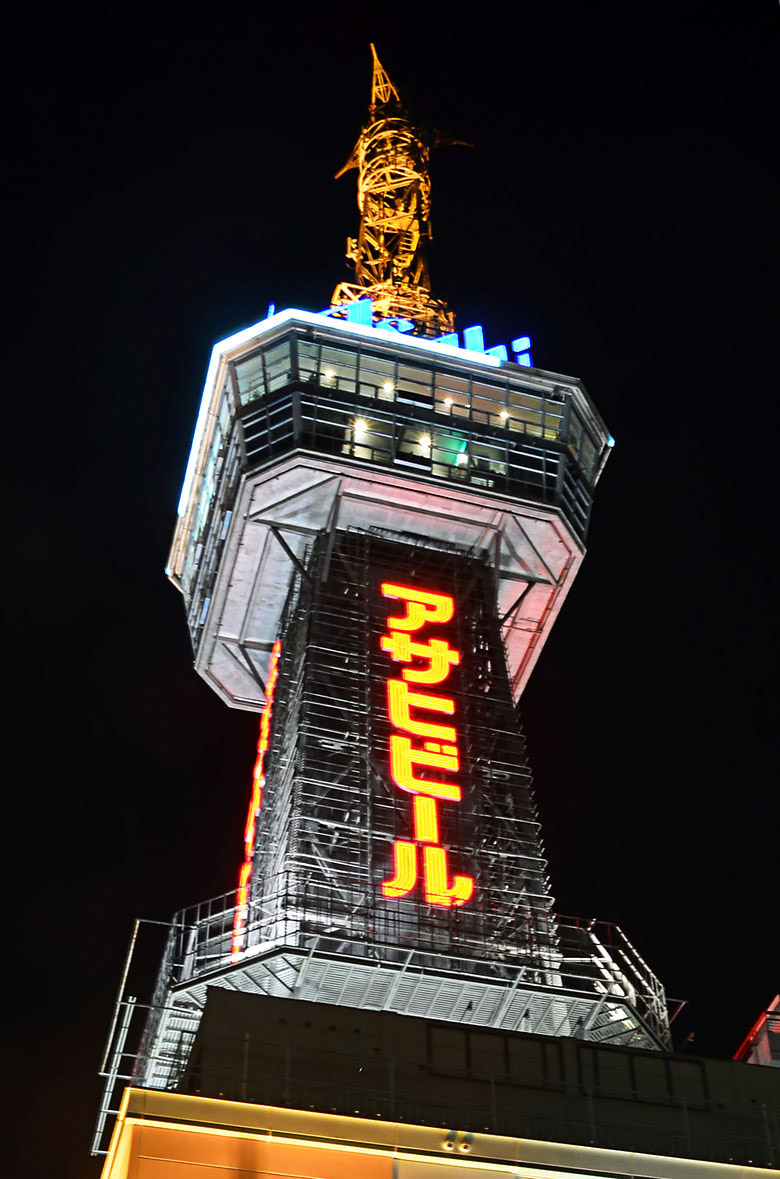
Beppu Tower illuminated at night
An easy L-shaped, ten-minutes’ walk from the eastern exit of JR Beppu Station, Beppu Tower is the landmark of the downtown area. A 100-meter-tall lattice construction resembling Osaka’s Tsutenkaku.
There’s an observation deck at 55-meters, as well as a café and karaoke on the lower floors. In all, while the attraction might not rank high on the best things to do in Beppu, it is a romantic and atmospheric way to end a day in the resort with. The views from the observation deck are sweeping and uplifting.
The surrounding vicinity additionally contains an assortment of family restaurants and eateries. Making the tower doubly a great spot to head to at the end of a day.
Beppu Ropeway and Mount Tsurumi
For a more rustic experience, head to Beppu Ropeway, which would bring you to the upper slopes of Mount Tsurumi in a matter of minutes.

In stark contrast to the Hells, Mount Tsurumi is like a slice of heaven. Source: Google Maps
The view from the 800-meter observation park not only offers you sprawling views of the city below, on clear days, you can even see as far as the Kuju Mountains.
During cherry blossom season, the lower station of the ropeway is also a top hanami i.e. blossom viewing spot of Beppu, with over a thousand enthusiastic blooms to enjoy. Naturally, Autumn in turn transforms Mount Tsurumi into a sea of vibrant orange that slowly progresses towards the city. The short of it, whichever month you visit, this lofty natural attraction is an experience not to be missed. A stroll on the slopes could be also be as rejuvenating as a hot-springs soak.
Kijima Kogen Park
Located 40 minutes by bus from JR Beppu Station, Kijima Kogen Park is a mountaintop amusement park most famous for Jupiter, an immense wooden roller coaster that was the first to be built in Japan.
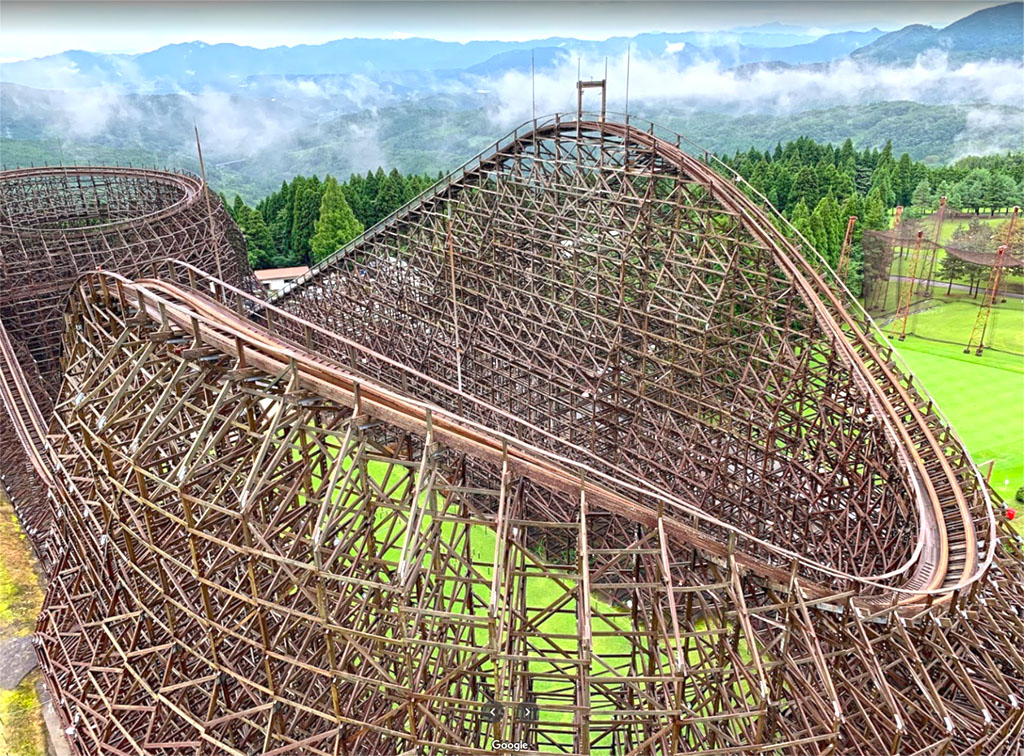
Kijima Kogen Park’s Jupiter is not only Japan’s first wooden roller coaster, it is also spectacularly situated among mountains. Source: Google Maps
The amusement park is also full of other fun and thrill rides for both young and old, including a huge wooden labyrinth, an observation wheel, and of course, a J-horror house. Best of all, the park is within walking distance of Kijima Kogen hot-springs resort (available for day use) and a golf course, the latter boasting spectacular mountain views. Whether you’re with friends or family, two to three enjoyable days could easily be spent here.
To reach Kijima Kogen Park, take the bus service headed for Kijima Kogen at the west entrance of JR Beppu Station. As of 2020, the service departs from bus stop 1 and takes approximately 40 minutes.
Read also:
Beyond Beppu
JR Beppu Station is two-hours away from Hakata Station (Fukuoka) by the Sonic limited express train service. While the station isn’t a major transportation hub, it is a short-ride away from JR Oita Station. Oita Station itselfs connects to Yufuin, another great Southern Japan hot-springs resort.
JR Beppu Station is also on the Nippō Main Line. Should you have the time, a leisurely ride will bring you all the way south to Miyazaki City, one of Japan’s least visited cities by international travelers.
Be sure to follow us on Facebook, Instagram, Twitter, and Pinterest for more fun stuff!

Ced Yong
A devoted solo traveler from Singapore who has loved Japan since young. His first visits to the country were all because of video game and Manga homages. Today, he still visits for the same reasons, in addition to enjoying Japan’s culture, history, and hot springs.


